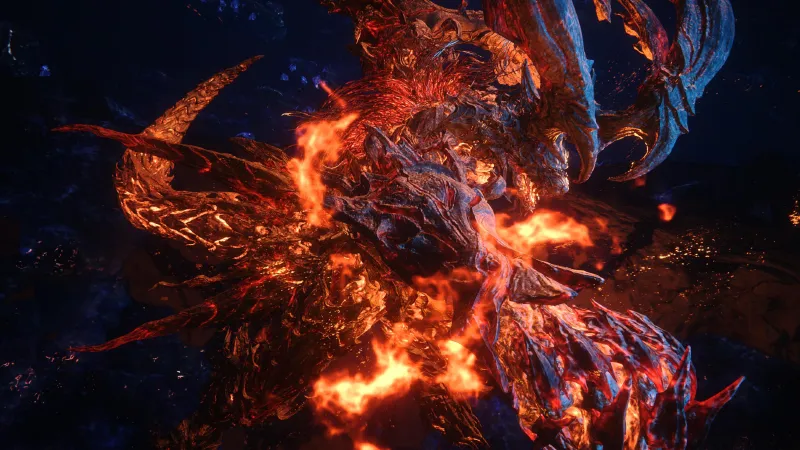
Reviewed on: PlayStation 5
Platform: PlayStation 5
Publisher: Square Enix
Developer: Square Enix
Release:
Rating: Mature
Final Fantasy XVI is bombastic, indulgent, and extreme, breaking far beyond the limits of what I thought an action-oriented Final Fantasy could pull off. It represents a pivotal shift for the series, ditching any semblance of turn-based move selection, active-time battles, or anything else in its history in favor of a fast-paced, extravagant, combo-heavy combat system that continued to grow more robust throughout my 60-plus hour journey.
There’s a linear action game in FFXVI, and it’s the highlight of the experience. But standard RPG tropes, mechanics, and the game's more open nature outside of the story-based dungeon quests slow an otherwise explosive story about gods, Eikons, crystals, and the meaning of free will. Still, Final Fantasy XVI’s highs are easily some of the highest in the series and even action games.
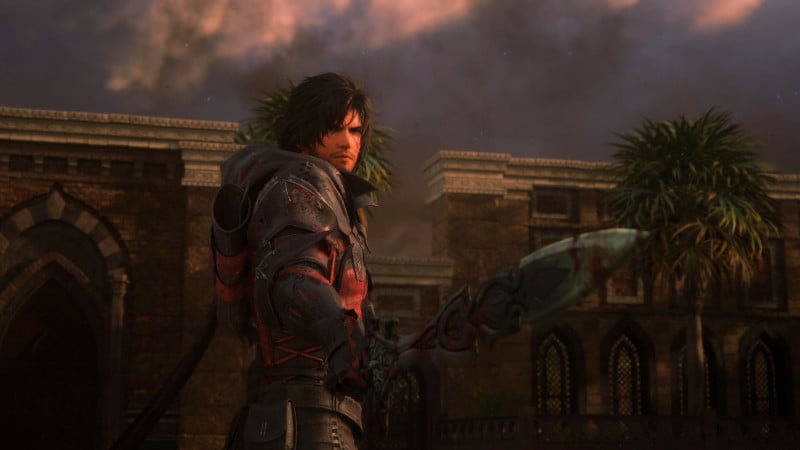
“The legacy of the crystals has shaped our history for long enough,” reads the tagline of FFXVI. It's a theme you’ll see talked about and around throughout the game. Narratively, protagonist Clive Rosfield and his gang of outlaws, which includes Cid, Jill, and many others that make up the excellent cast, are revolutionaries. In more ways than one, they set out to topple pillars of Valisthean society that have only strengthened throughout history, looking to reshape life on the continent.
The story begins as a revenge tale against the backdrop of slavery; in Valisthea, Bearers, or people that can use magic, are enslaved, traded, and sold to whomever and wherever they’re needed. FFXVI fails to say anything new or remarkable on this front; a miss made all the more glaring given the main cast of FFXVI features few people of color. Inspired by medieval Europe, a majority-white cast commenting on and fighting against slavery and the systems that uphold it, with little insight or representation from the types of real-world people often affected by slavery, is the biggest miss of FFXVI.
The story eventually drops that discussion to focus on other, more general pillars of Valisthean life that must be toppled. And it’s here that the story shines. Though sometimes a little too close to its Game of Thrones inspiration to feel original, the voice cast behind these characters commits to every beat nonetheless, and it works. Final Fantasy fans and enthusiasts of series like Kingdom Hearts, who love a dose of cheesy love in their stories (both romantic and platonic), will enjoy how FFXVI plays out.
FFXVI’s story is strengthened by a visual style that, at times, is gorgeous, although there are areas where I am less than impressed, even disappointed. NPC models, especially those of non-main characters, are often plastic and stand in stark contrast to the main cast. Performance mode struggles to hit 60 FPS, but even when it does, it fails to remain consistent.
FFXVI is more stylized than realistic, very much “medieval Final Fantasy.” When the visual pieces, like the UI, environments, and flashy combat effects, blend, the entire visual presentation shines. However, it’s sometimes hard to see through it all to understand what’s happening.

The open-field areas are the least impressive. They’re large but mostly unmemorable empty spaces, save for an occasional side quest, random treasure, or horde of enemies. Their emptiness speaks to my largest issue with FFXVI – it’s an excellent action game, but the same can’t be said for it as an RPG. There are dozens of crafting materials, and I can’t tell you one because crafting is less of a system in FFXVI and more of a word. There aren’t weapons that work better with this type of build or that – there’s only the strongest weapon, and it’s obvious it’s the one you should craft. And save for some endgame weapons, you’ll always have the materials needed if you complete story missions and the occasional side quest. The same goes for other pieces of gear.
It’s the Eikonic powers where FFXVI’s RPG mechanics come into play. As Clive gains the powers of more Eikons throughout the story, he gains access to new abilities, allowing you to rework your build. I especially fell in love with my Phoenix-Garuda-Bahamut combo. Additional accessories strengthened this, such as one that reduced the cooldown on my heavy-hitting Phoenix attack by 12 seconds. But outside of these abilities and accessories, FFXVI is disappointingly linear for an RPG. Players who reach the credits will likely have access to the majority of the same weapons, accessories, and skills. It’s how they’re mixed and matched where playstyle diversity appears.
Side quests are almost always some variance of fetch quests. Talk to this person, go here, attack some enemies, and return for your reward. And while not always the case, many of them feature a surprising amount of dialogue and detail, and it’s usually a great read. Creative Business Unit III adds a quality-of-life feature I’d like to see in every RPG – side quests with a plus sign on the marker means completing it will reward you with something beyond gil or resources. This marker is how I knew to complete side quests that eventually rewarded me with increased potion inventory, potion potency, and even a rideable Chocobo.
Plus, many of these side quests build on each other, and as these stories progress, I like how they give life to the surrounding world. This was an especially welcome feeling because Clive is engaged in war, and the narrative of FFXVI takes place over decades. Seeing how the world outside of Clive’s mission changes visually and narratively over time adds extra gravity to the actions I take.
However, the pace and content of these side quests, and really everything that happened outside of main story quests, simply don’t compare to what the main missions are doing, and they feel significantly slower and less exciting as a result. I enjoy collecting new songs to play in my Hideaway’s orchestration jukebox and stopping in with loresman Harpocrates to learn new things about Valisthea, but these side activities often felt more like doing my due diligence than something I actually wanted to do.
Perhaps that’s the point. Clive and the gang need downtime after what they accomplish in story missions – mind you, missions that constantly left me in awe, goosebumps covering my arms – but deserved downtime for the characters doesn’t mean it’s welcome downtime for me. It’s less that everything happening outside of the main story is rote, but rather, what Creative Business Unit III does in those story missions is so great that I constantly found myself rushing as best I could to the next one.
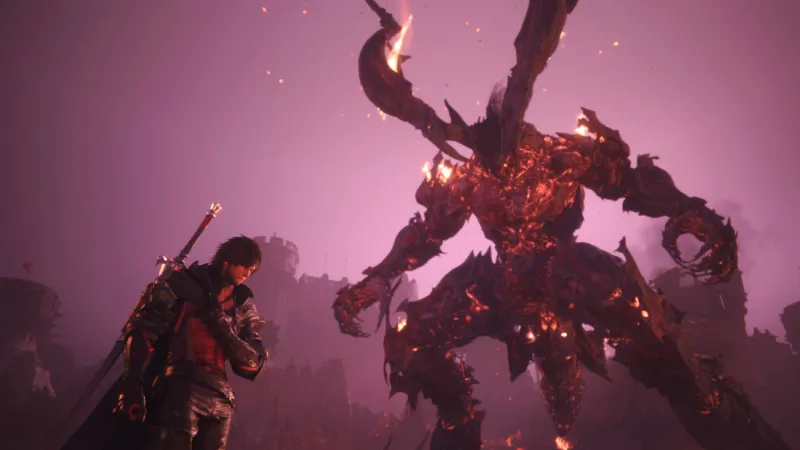
I’m not exaggerating when I say that there was a moment in FFXVI, a boss fight that lasted what felt like an hour, I’d call my favorite moment in Final Fantasy, and even more than that, all of gaming. It’s unforgettable and demonstrates Creative Business Unit III's confidence and command over the brand. That this moment is nearly topped by another later in the game speaks to the extreme highs of FFXVI, which accentuate the otherwise fine and predictably bloaty lows of a Final Fantasy RPG.
These peaks stretch as high as they do for a couple of reasons. Creative Business Unit III has created my favorite action combat system to date. It’s fast and easy to understand on its surface. But it has a lot of depth, and how far you want to go with it will depend on how willing you are to engage with its various systems. Adding in Eikonic abilities only heightens the action, and I found go-to ability combos I relied on to stagger and ultimately defeat even the toughest of enemies. Controlling the Ifrit Eikon during setpiece moments wasn’t as varied as I would have liked from a gameplay perspective, but the spectacle surrounding these moments makes up for it and then some.
Those familiar with FFXIV will find this unsurprising, but composer Masayoshi Soken’s FFXVI score nearly outshines every element of the game. And I don’t say that to dampen expectations about playing the game and what’s in store; I say that to raise your expectations of Soken’s score, which features new personal favorites in the expansive Final Fantasy catalog. Wavering between soft piano keys and robust chorus-backed epics that envelop entire scenes, Soken masterfully demonstrates why he’s a fan-favorite Final Fantasy composer multiple times throughout FFXVI’s runtime.
With more than 65 hours of FFXVI behind me, I still have a lot to do beyond the story, and I’m glad my time with Creative Business Unit III’s latest isn’t at its end yet. FFXVI has some of my favorite moments in modern Final Fantasy, but its lows threaten the pace at which they arrive. I wish FFXVI’s various elements were intertwined more seamlessly. Still, when I look back at my time with Clive, his friends, his enemies, and Valisthea, it’s those highs that I vividly remember. FFXVI is very different from its predecessors, but in many ways, very familiar; And it’s still a Final Fantasy, through and through, reminding me why I love this series so much.
Score: 8.5
About Game Informer's review system
PurchaseSource: Game Informer
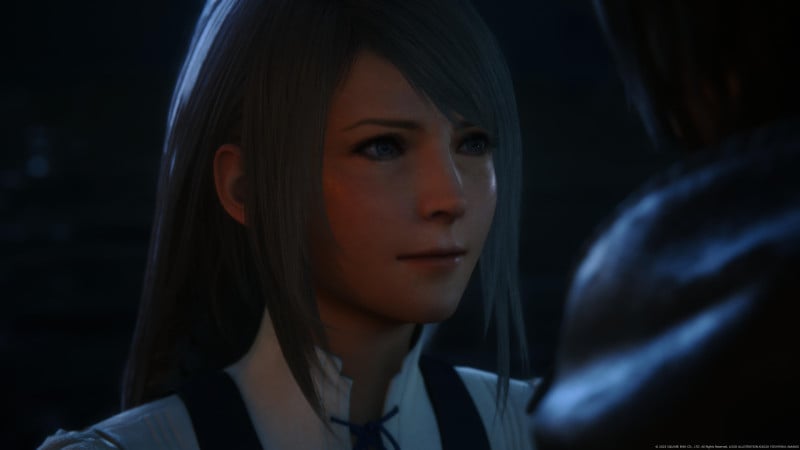
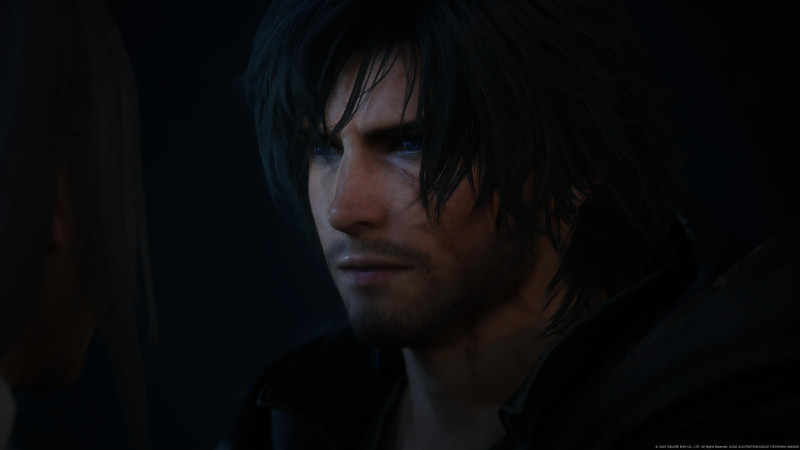

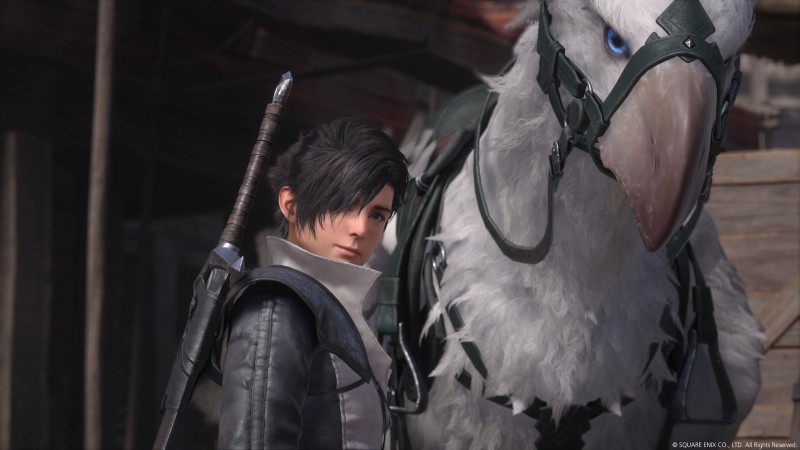
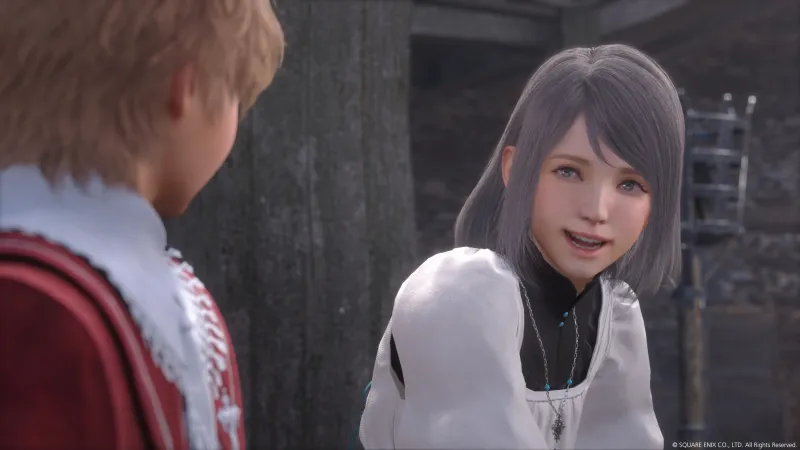
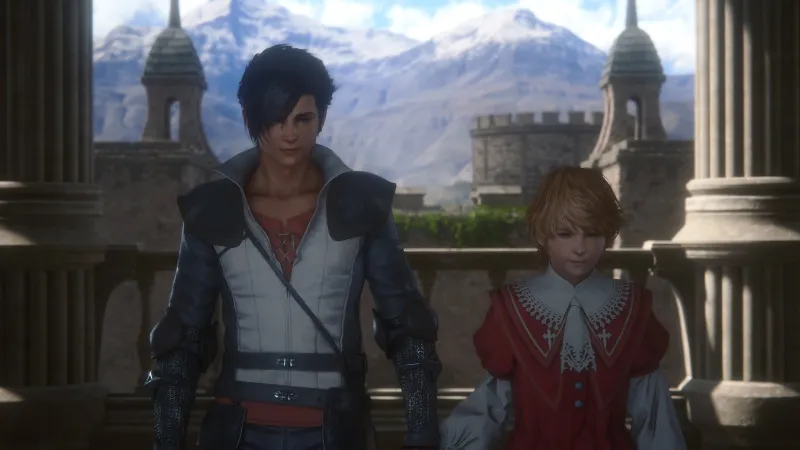
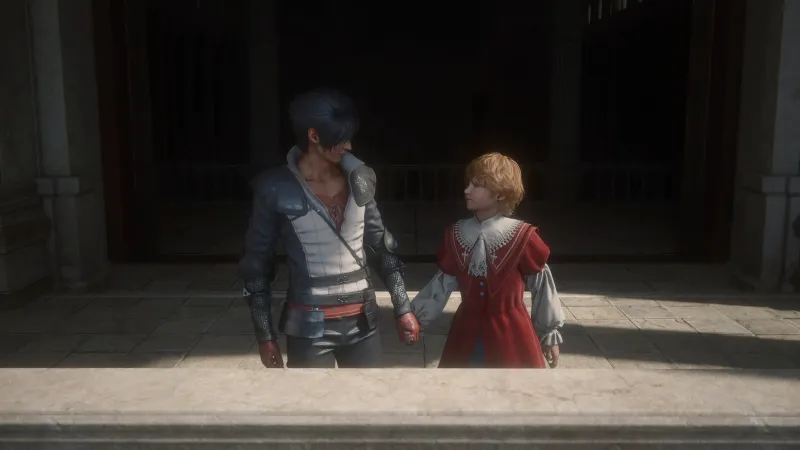
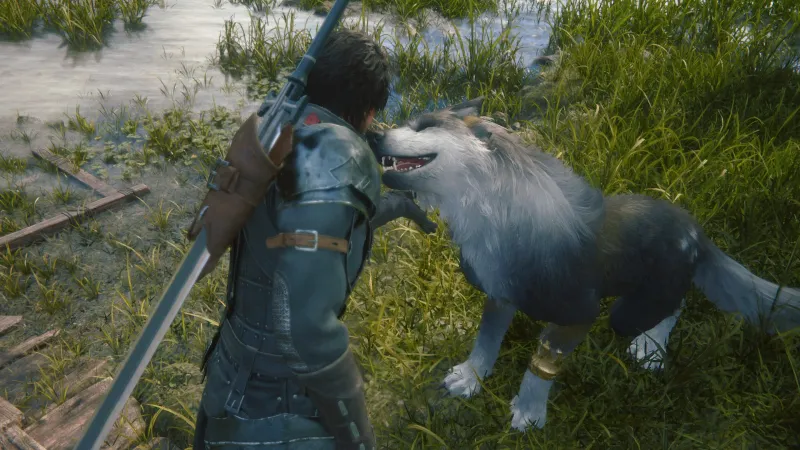
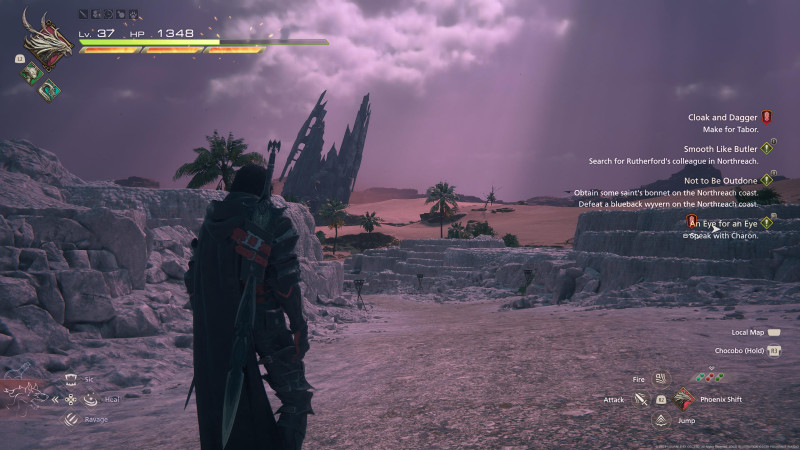
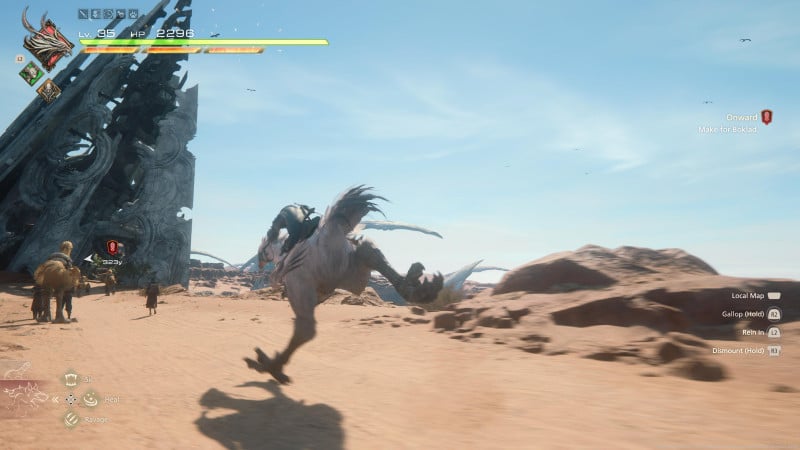
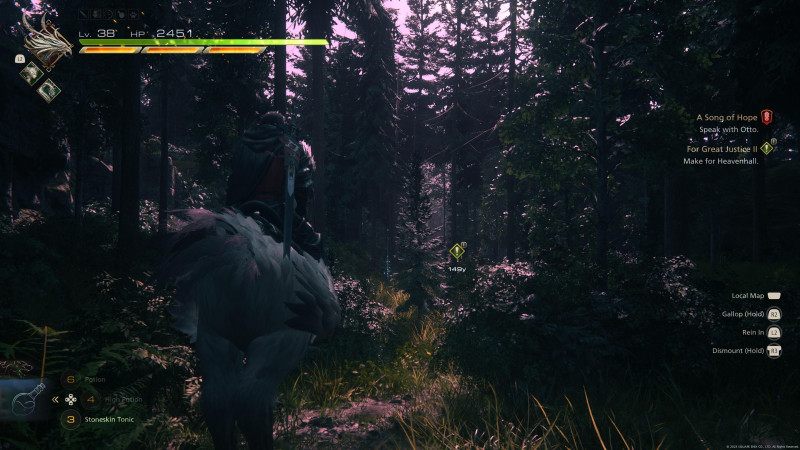
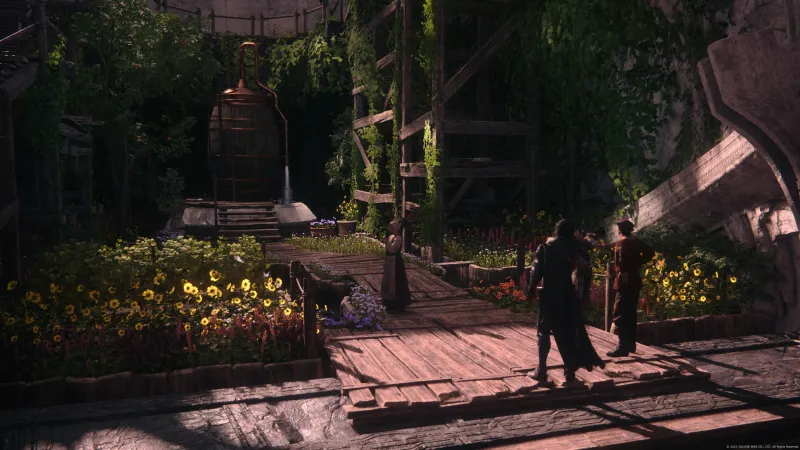
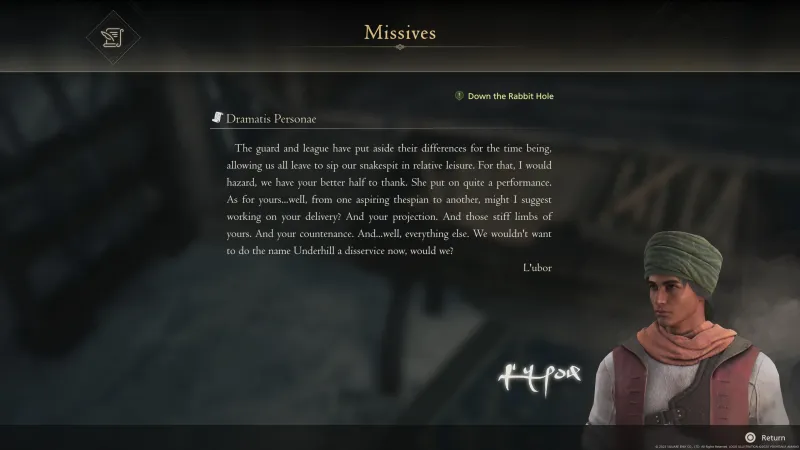
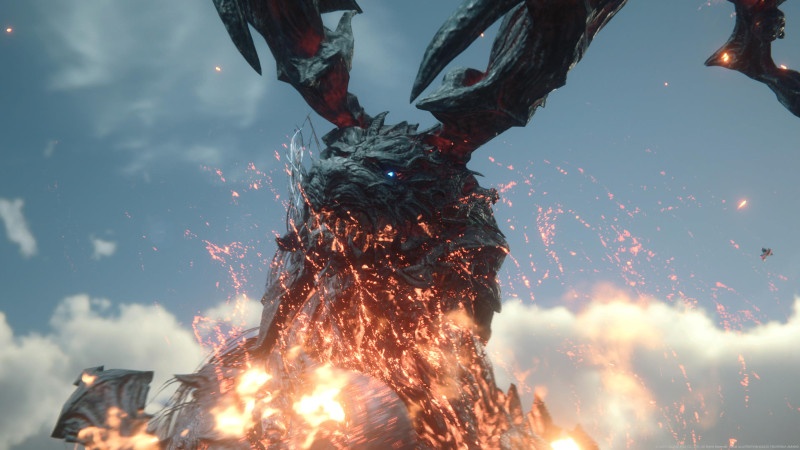
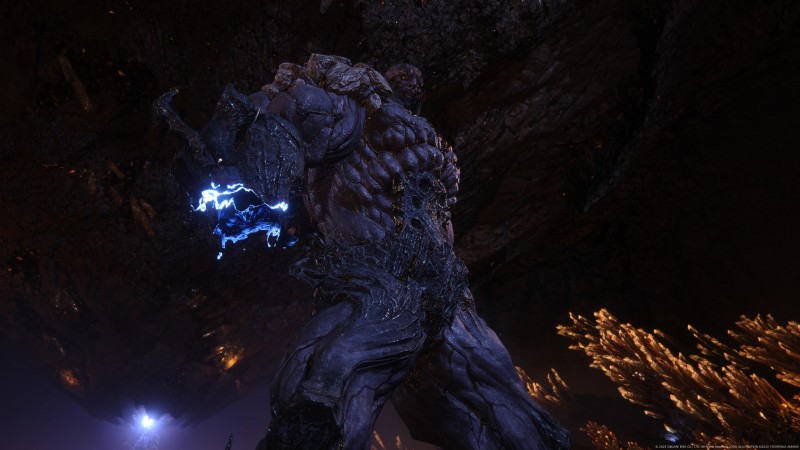
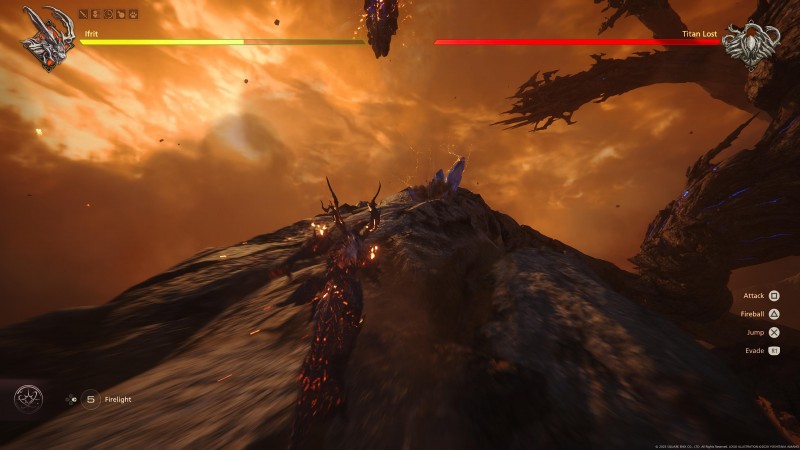
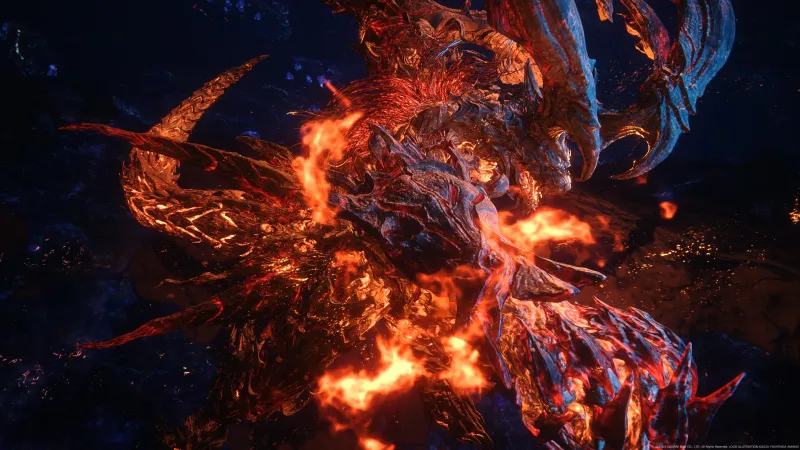
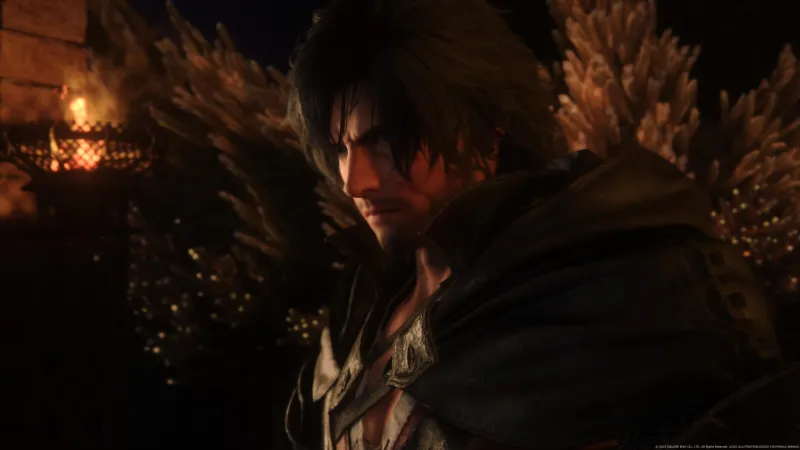
Comments
Post a Comment